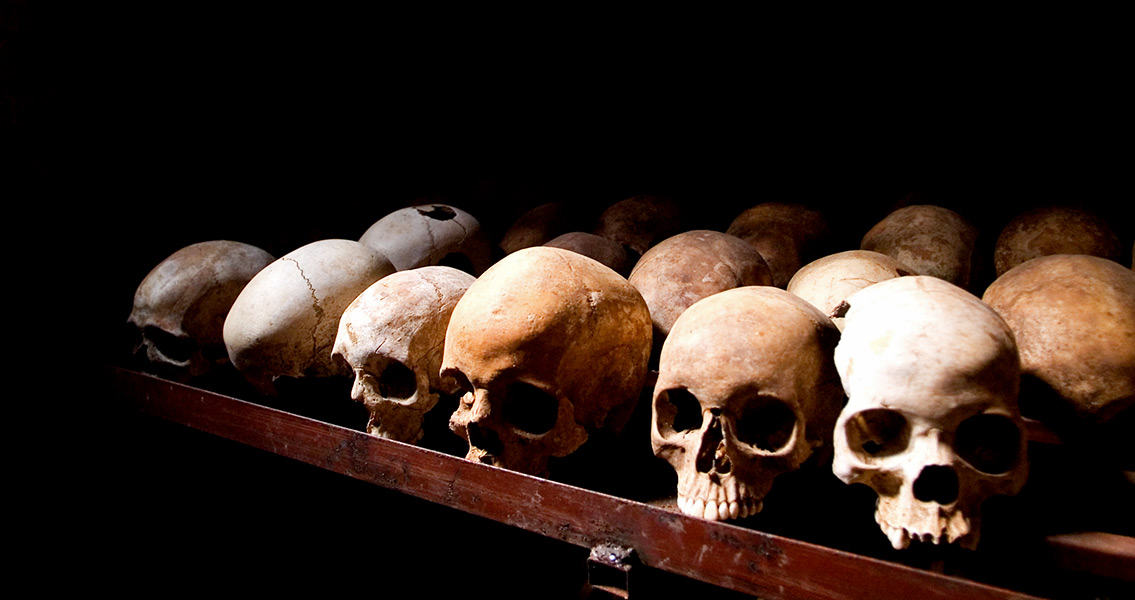<![CDATA[Details of an unusual burial custom used in Stone Age Italy have been found. 7,000 years ago, it appears that early farmers in the Italian peninsula 'defleshed' their dead. Corpses were stripped clean of any flesh and sinew, leaving their bones bare. These bones were then pulled apart and mingled with animal remains. “[Defleshing] is something which occurs in burial rites around the world but hasn't been known for prehistoric Europe yet," says John Robb, an archaeologist at the University of Cambridge and leader of the research project published in the most recent issue of the journal Antiquity. Robb and his team analysed the bones of at least 22 Neolithic humans, many of who were children, that had died between 7,200 and 7,500 years ago. The remains were found in Scaloria Cave, a grotto in the Tavoliere region of southeast Italy. Robb said that these bones represented the " first well-documented case for early farmers in Europe of people trying to actively deflesh the dead." The cave had been sealed until its discovery in 1931 which meant that the bones within were remarkably well preserved. Human bones were found mixed with animal bones, pieces of pottery and stone tools, in an apparently random manner. The level of preservation is rather unusual, but still problems persist for researchers. Assemblages from the Neolithic period are very difficult to interpret as they are commonly found broken and mixed together, explained Martin Smith, a biological anthropologist at Bournemouth University in the United Kingdom, who was not involved in the research. When Neolithic burials are normally found, they tend to be buried beneath or near homes, or on the outskirts of settlements. In this region of Italy, however, it appears that farmers and villagers from as far as 20 kilometres away scattered the defleshed remains of their dead in Scaloria Cave. Little was known about the reasons why these Stone Age communities went to such lengths with their dead. Robb's team sought to answer these questions and conducted detailed analyses of the skeletal remains originally excavated in 1978. Robb's research shows that very few whole skeletons were present in the cave, it appears that only select bones had been placed there. Some of the bones had light cut marks; this suggests that, at the time of defleshing, only residual muscle tissue needed to be removed. The lack of large cut marks is thought to indicate that the remains were deposited in the cave a while after death, maybe as much as a year. Robb and his team theorise that defleshing was just one part of a long, multi-stage burial process. It is unknown what happened to bodies in the early stages of these burial rites, but it is thought that the lack of damage to the bones indicates that they had not been exposed to the elements. Robb has contrasted this Neolithic process with present-day rituals: "Death is a cultural taboo for us," he said. "People in our culture tend to shun death and try to have brief, once-and-for-all interactions with the dead. But in many ancient cultures, people had prolonged interaction with the dead, either from long, multistage burial rituals such as this one, or because the dead remained present as ancestors, powerful relics, spirits, or potent memories." www.hournals.cambridge.org Image courtesy of Wikimedia Commons user: Adam Cuerden]]>
Unusual Stone Age Burial Custom Found In Italy
